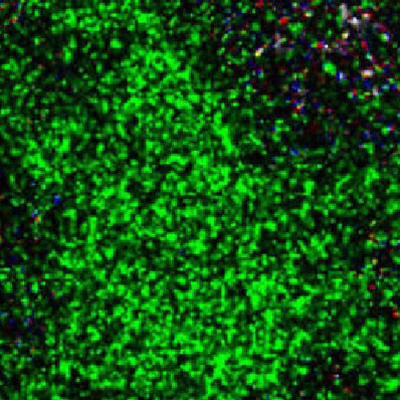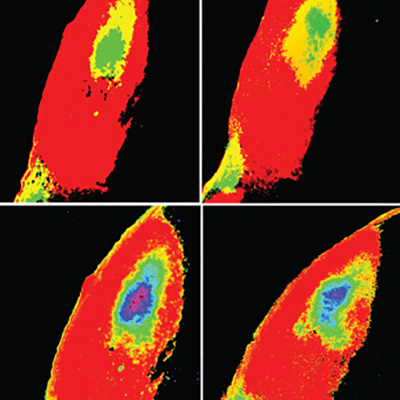OUR SCIENCE
Resources

Microglia Single-Cell Atlas
Microglia are the resident immune cells of the brain and are highly dynamic cells that respond to changes in their environment. We sequenced mouse microglia from E14.5 to 18 months as well as following demyelinating injury to capture the most comprehensive atlas of microglia cell state diversity to date. Use this searchable database to explore these state changes and gene expression changes in over 76,000 sequenced microglia from 41 mice.
Hammond TR et al., Single cell RNA sequencing of microglia throughout the mouse lifespan and in the injured brain reveals complex cell-state changes.
Immunity (2018). PMID 30471926

Studying C4
We describe a combination of molecular assays and downstream inferential strategies that utilize droplet digital PCR (ddPCR) to infer the C4 gene contents of each genome analyzed – including the combination of C4AL, C4AS, C4BL, and C4BS genes present. This method has high (64/64) concordance with results obtained using Southern blotting. Common C4 alleles can also be imputed from flanking SNPs. Though recurring mutation at C4 makes imputation less effective than it is for simpler variants, we found that the common C4 alleles can generally be imputed with 0.7 < r2 < 1, making this approach useful for large cohort studies. We provide the reference panel for imputation that we created from the HapMap samples.
Check back for updates: we are creating advanced reference panels from whole genome sequencing of much larger numbers of people, which we hope will enable the imputation of lower-frequency C4 alleles.
Protocol for the molecular analysis of C4 structural variation using droplet digital PCR (Download PDF >)
Reference panel for imputation (Download BGL File >)
Protocol for the immunocytochemisty of C4, synaptotagmin, and PSD95 (Download PDF >)
Sekar et al. Schizophrenia risk from complex variation of complement component 4.
Nature, 2016. PMID 26814963